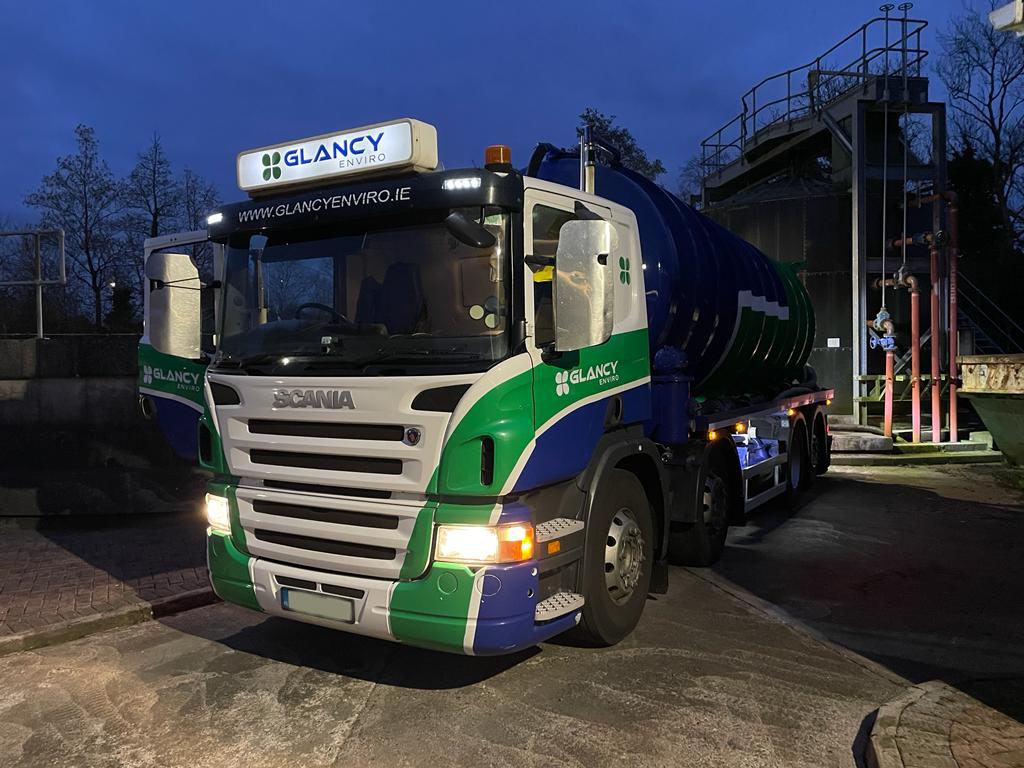The Only Guide to Reclaim Waste
The Only Guide to Reclaim Waste
Blog Article
What Does Reclaim Waste Do?
Table of ContentsThe Best Strategy To Use For Reclaim WasteThe Only Guide to Reclaim WasteAll About Reclaim WasteThe Facts About Reclaim Waste RevealedNot known Details About Reclaim Waste
Check out the kinds, occurrences, and types of liquid waste. Domestic sewer waste describes the waste and items from a property septic storage tank. This sort of waste is developed by people in residences, schools, and other structures. This only includes sewage-disposal tanks that have a drain area. The correct monitoring and disposal of domestic sewer waste require fluid waste to be transferred to a sewer therapy plant where the proper methods and tools are applied to cleanse and get rid of waste.
Commercial waste typically consists of possible dangers, such as flammable materials or a mix of fluid and strong waste products, and calls for an advanced and detailed disposal process. The disposal of business waste normally includes the filtering of waste before transport to ensure safe and correct disposal. Industrial waste is created from results and runoff of industrial procedures and manufacturing.
This kind of waste can not make use of the exact same sewer administration transport or procedures as septic or commercial fluids. The commercial waste management process requires the examination and screening of fluid waste prior to it undergoes the disposal process (liquid waste removal melbourne). Drainage waste is the liquid waste that comes from runoff and excess stormwater in highly booming locations or cities
Drainage waste can trigger contamination and flooding if not handled properly. Find out more regarding sewer cleansing and waste administration. Guaranteeing proper waste monitoring can protect against catastrophes and reduce environmental injury. Both individuals in residential setups and specialists in commercial or production industries can gain from comprehending the procedures and regulations of liquid waste management.
Some Known Details About Reclaim Waste
Get in touch with PROS Services today to find out regarding our waste management and disposal solutions and the proper methods to take care of the liquid waste you generate.
(https://anotepad.com/note/read/pkncyr85)Do you understand what happens to your water when you end, purge the toilet or drain pipes the washing device? No? Well, it's worth knowing. This so-called 'wastewater' is not only an essential resource yet, after treatment, will be released to our land, waterways or the ocean. Utilized water from toilets, showers, bathrooms, cooking area sinks, laundries and industrial procedures is referred to as wastewater.

water made use of to cool equipment or clean plant and tools). Stormwater, a form of wastewater, is overflow that streams from agricultural and metropolitan locations such as roofs, parks, gardens, roadways, paths and rain gutters right into stormwater drains, after rainfall. Stormwater streams untreated directly to regional creeks or rivers, check my blog eventually reaching the sea.
The Only Guide for Reclaim Waste
In Queensland, most wastewater is treated at sewer therapy plants. Wastewater is carried from residential or industrial websites through a system of sewage systems and pump stations, referred to as sewage reticulation, to a sewage treatment plant. Regional federal governments develop, preserve and operate most sewage therapy plants. Operators are accredited under the Environmental Management Act 1994 to release cured wastewater at an appropriate environmental requirement into waterways.
The Division of Natural Resources suggests local federal governments about handling, operating and keeping sewage systems and therapy plants. In unsewered locations, city governments might require householders to mount individual or home sewer therapy systems to treat residential wastewater from bathrooms, kitchens, washrooms and washings. The Department of Natural Resources authorises the usage of house systems when they are verified to be efficient.
In some new neighborhoods, therapy of some stormwater to get rid of litter, sand and crushed rock has begun utilizing gross contaminant traps. Wastewater therapy happens in four phases: Removes solid matter.
Wastewater then moves into big containers where solids settle and are removed as sludge. Grease and residue are skimmed from the surface area. Uses little living organisms called micro-organisms to break down and remove continuing to be dissolved wastes and great particles. Micro-organisms and wastes are integrated in the sludge. Gets rid of nitrogen and phosphorus nutrients that could trigger algal blossoms in our rivers and threaten water life.
Getting My Reclaim Waste To Work
Nutrient elimination is not available at all sewage therapy plants due to the fact that it requires pricey specialized devices. Clear fluid effluent created after therapy may still contain disease-causing micro-organisms - liquid waste disposal.

Most wastewater streams into the sewage system. Under the Act, neighborhood federal governments provide authorizations and licences for eco pertinent activities (Ages) including wastewater launches that may have a local impact.
10 Simple Techniques For Reclaim Waste
Tracking provides valid information regarding water high quality and can verify that licence problems are being satisfied. The info acquired through surveillance supplies the basis for making water quality decisions.
Report this page